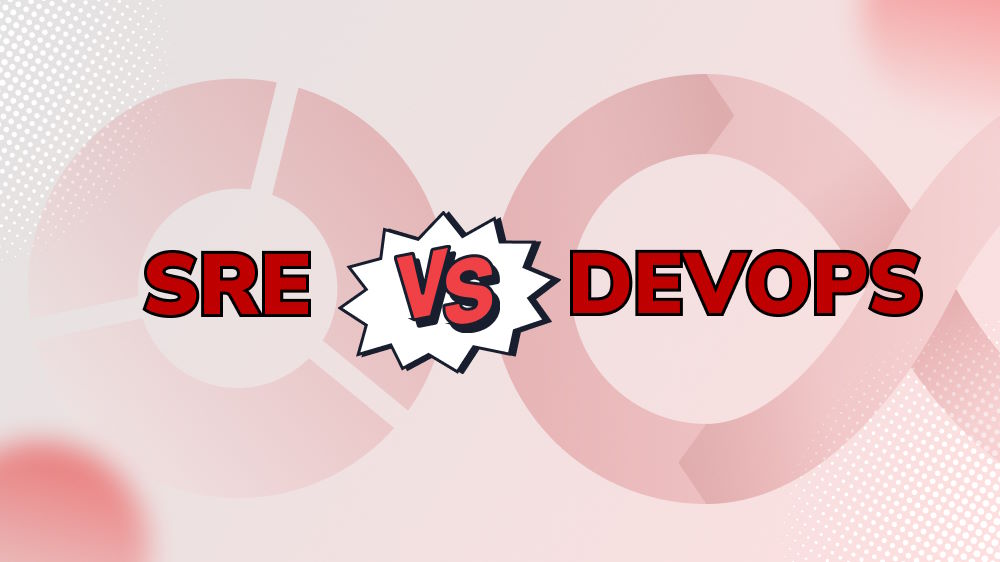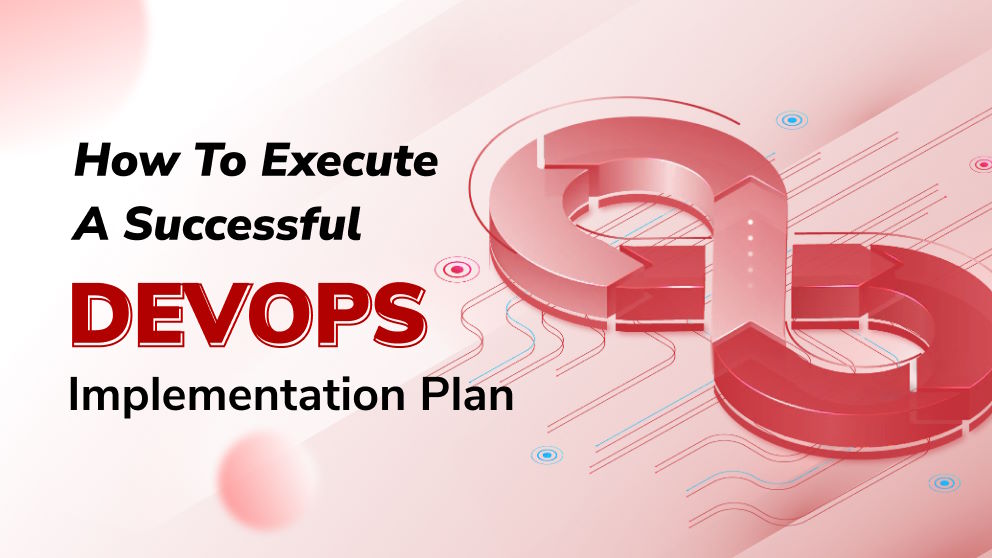DevOps and Cloud Computing: What You Need to Know?

Content Map
More chaptersWhat is DevOps?
The term DevOps refers to the combining of tools, processes, and philosophies between previously siloed roles – such as development, IT operations, engineering, and security roles – to improve workplace collaboration, streamline the delivery of software applications, help businesses get to market sooner (and thus gain a competitive advantage), and provide better value to customers.
By adopting DevOps and cloud computing, as well as the relevant tools and software – including, though not limited to, automation, collaboration platforms (i.e., GitHub), container management tools, performance monitoring tools, and deployment and server monitoring tools – this helps IT businesses accelerate the software development process, while producing better outcomes for internal stakeholders and customers.
The Relationship Between DevOps and Cloud Computing
DevOps and cloud computing allows IT businesses to incorporate the necessary tools, software, and methodologies into their workflow, without the need to manually set up onsite infrastructure like physical servers, locally installed software for each and every workstation, and storage devices. Instead, all the necessary tools and data are stored and transferred via the secure cloud network.
So, from anywhere in the world with a secure and reliable internet connection, IT businesses can collaborate remotely and perform various tasks from the comfort of their workstation, laptop, or other suitable mobile devices, whether it be to build, develop, test, deploy, or provide post-launch support.
As a result of embracing DevOps and cloud computing, it’s becoming increasingly commonplace for people in formerly static roles, like developers and operation teams, to be highly proficient in multiple roles and possess a wide range of knowledge across various IT fields. software development process, while producing better outcomes for internal stakeholders and customers.
Advantages of Cloud-Based DevOps
Improved collaboration
Through the use of a centralized, cloud-based platform, developers can conceptualize, build, test, deploy, and support their projects from start to finish. It is easier for everyone to keep track of progress in one place. It also provides more opportunities to communicate and collaborate on a global scale, preventing ‘siloed’ thinking from derailing a project.
Reduce operational costs
Setting up and installing physical infrastructure like servers, data centers, and networks can be incredibly expensive. Migrating to the cloud helps reduce the upfront and ongoing cost of adopting a DevOps workflow. No expensive hardware or equipment to repair and replace. No need to install and update separate software for each and every workstation.
Improved security
The ability to monitor, maintain and respond to emergency situations from afar via the cloudallows developers to keep sensitive business and customer data safe from the threat of cyber-attacks. Automatic updates and scanning also provide early threat detection so that DevOps and cloud engineers can respond accordingly before the matter can cause harm.
Faster development cycle
By being able to automate formerly manual tasks, such as real-time security checks and backing up files, frees up time for DevOps to focus on more hands-on tasks and deliver completed projects sooner. The ability to collaborate globally virtually anytime, anywhere, also greatly streamlines the development process. As a result, IT businesses can get to market sooner and gain a competitive advantage in their niche or field.
Increased scalability and flexibility
Having your infrastructure primarily based in the cloud enables businesses to scale their operations and projects up or down. However they see fit, with less time and stress. Modifying your DevOps workflow is relatively easy, giving you the freedom to add or remove tools as you see fit or modifying existing tools and software to better suit your ever-changing requirements. Furthermore, the use of cloud technology means it is cheaper and faster than ever to scale up or down without investing in new physical hardware or infrastructure.
The Challenge of Adopting DevOps and Cloud Solutions
Businesses that are still reliant on onsite legacy systems and software wanting to transition to cloud-based DevOps technology have a lot of considerations to make.
You need to identify what currently is and is not working for you, what you would like to achieve, and how you want to get there in the most productive and cost-saving way. Furthermore, you need to understand the benefits of adopting various cloud-based solutions and choosing only the ones that help you achieve your ideal outcomes, as opposed to just ‘piling on’ tools and software for the sake of it.
Budgeting carefully is an important part of migrating your DevOps methodology to the cloud. It involves understanding how much you are currently spending and figuring out what you hope to save by transitioning to the cloud.
You have to take into account the upfront and ongoing costs of maintaining a DevOps and cloud computing system. This includes, though is not limited to, subscriptions to various cloud software and tools, associated manual labor costs, cloud backup storage costs, costs related to upscaling and downscaling, and the overall cost of making the transition to the cloud in the first place.
By taking into account these figures, you gain a deeper understanding of what is involved in the cloud migration process, and most importantly, concrete numbers you can stick to in order to stay within budget.
Making the most of Cloud DevOps
Whether you are adopting a DevOps philosophy for the first time or transitioning from an onsite model to a cloud-based model, knowing how to make the most out of your Cloud DevOps is vital to maximizing the productivity and efficiency of your team.
First off, it is to define your customer needs and determine how best to meet those needs. This may involve implementing small yet consistent updates to your application throughout the lifecycle of the software. This can help make deployment less risky and enable you to add value to your product well after its initial launch.
Secondly, choosing the right cloud provider is equally crucial. Having a reliable Cloud DevOps provider will ensure that your development tools are easily accessible, your data secure, and your team can collaborate with one another – anytime, anywhere. Furthermore, it will empower your team to innovate in areas that matter most to you without being held back by low physical computing power or low storage capacity.
Lastly, take the time to help your team become familiar with the cloud environment. Even if you were previously relying on onsite DevOps tools, methods, and software to implement your DevOps processes, transitioning to the cloud requires a specific set of tools and knowledge. Therefore, putting in the time, effort, and resources to help your team be comfortable with Cloud DevOps will ensure they get the most out of the experience, resulting in better outcomes for you.
Summary

The Cloud DevOps model is a fantastic way to help reduce siloed thinking between your development and IT operations teams and enable them to collaborate together to rapidly and reliably deploy high-quality software applications.
When coupled with cloud-based technology, this helps eliminate the cost and burden of maintaining physical infrastructure while enabling team members to remotely collaborate and share ideas regardless of their geographic location.
Furthermore, with the addition of automation, being able to sweep aside previously time-consuming manual tasks means your team can prioritize more important tasks, resulting in the production of higher quality products.







